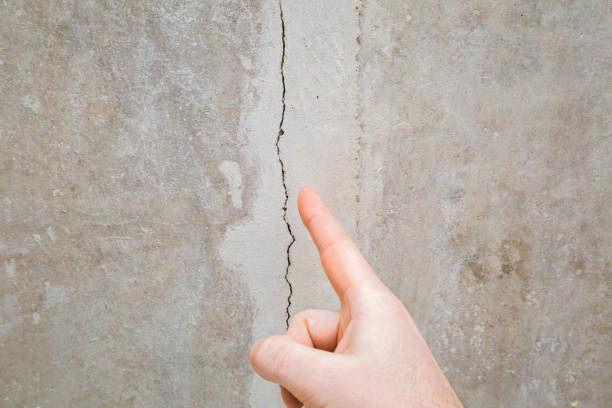
In the scenic community of Litchfield Park, Arizona, where adobe charm meets modern desert architecture, exterior materials are more than cosmetic. They need to stand strong against searing heat, dust storms, and sudden monsoon rains. Stucco and concrete are two of the most common materials in local construction—but which one offers the right mix of strength, style, and longevity for your home?
While they share similar ingredients, stucco and concrete serve different purposes. Knowing how each performs in Litchfield Park’s unique climate can help you make the smartest investment in your property.
Key Takeaways
Concrete is stronger structurally, but stucco is better suited for wall finishes and exteriors.
Stucco is more flexible and easier to apply over wood or block framing.
Concrete works best for structural elements like foundations, patios, and load-bearing walls.
Stucco offers better breathability and aesthetic versatility for Litchfield Park homes.
Understanding the Materials: Not Apples to Apples
Both stucco and concrete are cement-based mixes, but they serve different roles in construction. Concrete is denser, made with larger aggregates like gravel, and typically used for foundational and load-bearing elements. Stucco, on the other hand, uses finer sand and lime for a lighter, plaster-like consistency ideal for wall coatings.
If you’re deciding how to finish your home’s exterior, you’re likely choosing between stucco siding or concrete block walls—not the raw materials themselves.
Want to see what’s involved in a professional stucco system? View our stucco installation services to understand how we apply, seal, and finish your exterior.
Strength vs. Flexibility
Concrete is incredibly strong in compression, making it ideal for driveways, slabs, and structural foundations. But that strength comes with rigidity. In Arizona’s shifting soils and expanding heat, concrete can crack under stress unless reinforced properly.
Stucco, while not as strong in compression, is far more flexible. Applied in multiple coats over mesh or foam board, it can expand and contract slightly with temperature changes—making it perfect for exterior walls, especially in homes built with wood or steel framing.
According to The Concrete Network, improper expansion control in concrete often leads to early cracking in hot, dry climates like Arizona.
Weather Resistance in Litchfield Park
Litchfield Park’s high summer temperatures and dry air place stress on most building materials. Stucco naturally reflects sunlight and insulates against heat gain. When properly sealed, it repels monsoon rain without trapping moisture underneath.
Concrete also handles the heat, but without surface treatments, it absorbs solar energy, which can increase interior temperatures and contribute to heat island effects around patios and driveways. For wall applications, concrete block structures often require additional insulation and coatings to achieve the same comfort level stucco provides.
For more insight into moisture-related challenges, visit our wet stucco blog specific to Litchfield Park.
Appearance and Curb Appeal
From a design standpoint, stucco wins for versatility. It allows for a variety of textures, finishes, and colors that blend beautifully with the Southwest’s architectural heritage. Whether you prefer smooth, sanded, or lace textures, stucco brings character to your home’s facade.
Concrete, in contrast, tends to look utilitarian unless it’s painted, stamped, or veneered. For homeowners in Litchfield Park seeking warmth and style, stucco provides a softer, more refined finish.
Not sure which finish matches your architectural goals? Explore how we’ve helped homes across Gilbert, AZ match modern durability with timeless curb appeal.
Maintenance and Longevity
Concrete structures require little maintenance when used in the right applications. However, when used decoratively—such as in poured walls or vertical surfaces—concrete often needs sealants or coatings to prevent staining and weathering.
Stucco requires occasional sealing and inspection for cracks, especially around corners and joints. But when maintained correctly, it can last 50+ years with excellent thermal performance.
Bob Vila notes that while concrete is unmatched for structural integrity, stucco is the better option for decorative and insulating purposes on vertical surfaces.
Making the Right Choice in Litchfield Park
For most homes in Litchfield Park, stucco is the superior exterior wall finish. It handles the heat, offers better energy efficiency, and enhances architectural style. Concrete should be reserved for structural components like foundations, retaining walls, and patios—not for exterior cladding unless it’s veneered or sealed.
At Stucco Contractors Arizona, we specialize in stucco systems designed for the Valley’s toughest climate conditions. From first coat to final texture, we ensure your exterior is sealed, stylish, and built to last.
Call today or visit Stucco Contractors Arizona to schedule your stucco consultation. Let’s help your home combine strength with beauty—designed specifically for life in Litchfield Park.
